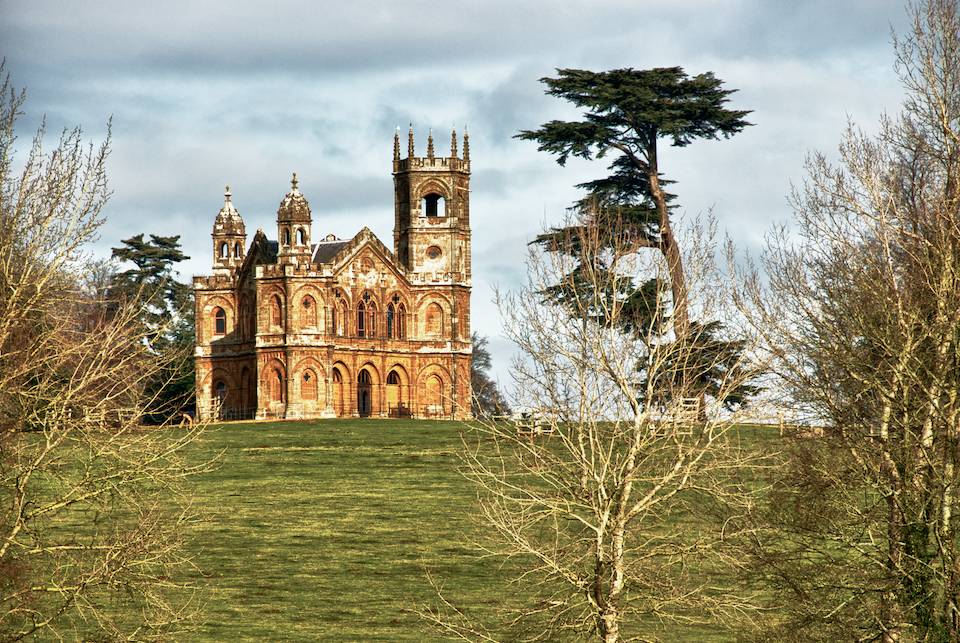With the garden in pseudo-dormant mode, visiting gardens without the habitual apprehension of neglecting one’s infinite gardening to-do list, is a delight. Unless one harbours strong galanthrophilic tendencies, it could be argued that this may not the best time of year to visit gardens. Void of formal herbaceous borders, landscape gardens are an exception to the rule. Breathtakingly beautiful, Stowe is the remarkable creation of Charles Bridgeman, John Vanburgh, James Gibbs, William Kent and Capability Brown, where ornamental buildings, vast expanses of pristine lawns, woodland and lakes, provide incredibly handsome views, through the seasons.
Stowe is studded with architectural masterpieces, such as (a.o.) the Doric Arch, the Rotunda, the Temple of Ancient Virtue, the Temple of Worthies, the Palladian bridge, the Boycott Pavilions, but its the relatively austere, beautifully restored ha-ha, that I so admire. Ha-has are ingenious, invisible features (or perhaps not a feature as so defined), unifying formal gardens with natural fields, providing the illusion of forever sweeping lawns. To the credit of my parent’s in law, a ha-ha was built in our garden over 40 years ago, and since instilled much respect and admiration for this the most modest of garden features.
Built by Bridgeman, Stowe’s has to be the mother of all ha-has. Thought to be the first of its kind in England and longest ever built, enclosing an area of approximately 400 acres. Curiously, in some places, the ha-ha wall stands a few feet above ground, hence not true to its characteristic obscured impact. Consequently questions are often raised as to it being a bona fide ha-ha. On balance, the terraced walks and bastions, bear more resemblance to military fortification revetted with turf, than the gentle unification of garden and pasture. However, as far as I’m concerned, it’s a ha-ha with protruding fringe benefits.
Since the National Trust took it on in 1989, Stowe has and continues to undergo lengthy restoration. April will see the opening of the newly restored, New Inn Farm buildings with its charming courtyard of stables, coach house, kitchen, and brewery. The New Inn is located to the east of the main avenue, close to the Corinthian Arch. Initially built in 1717 for Lord Cobham, the New Inn serviced both Stowe visitors and travelers along the then, Radclive highway which ran between Stowe and Buckingham. The inn became a farm when the highway ceased to be in 1860. The restored New Inn will function as the new visitor centre, enabling visitors to experience Stowe as their eighteenth century compatriots, on approach from the main avenue leading to the iconic Corinthian Arch.
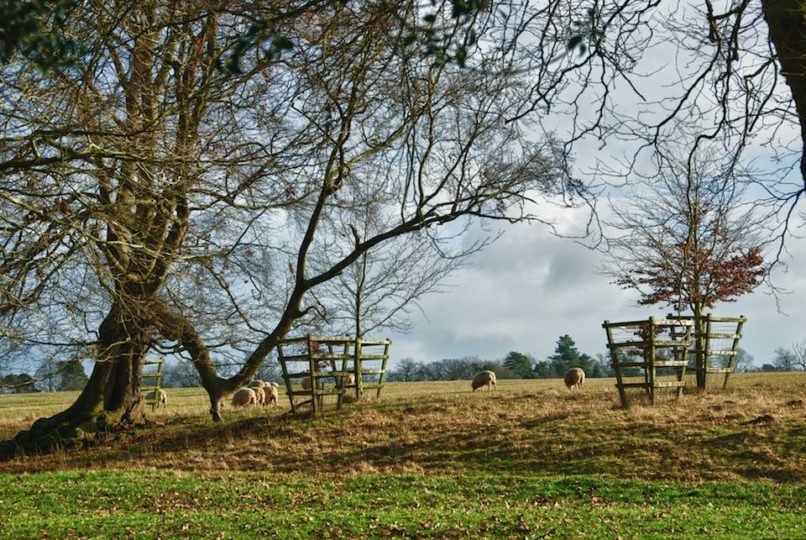



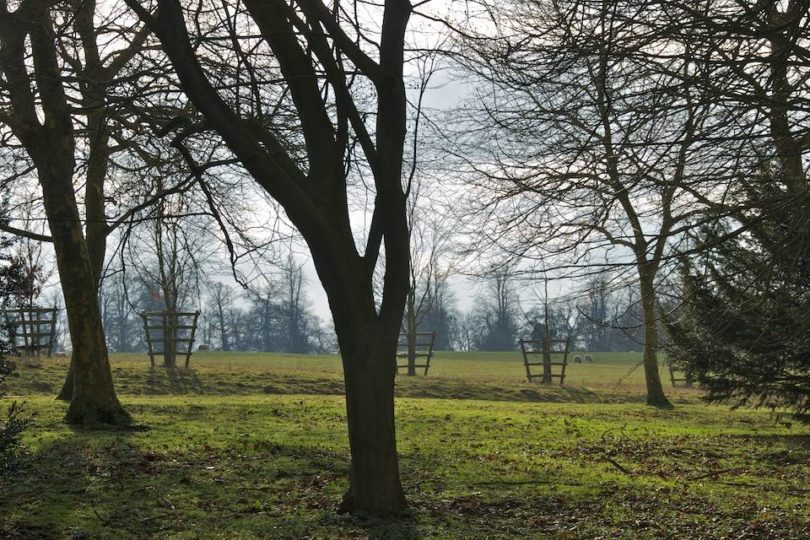
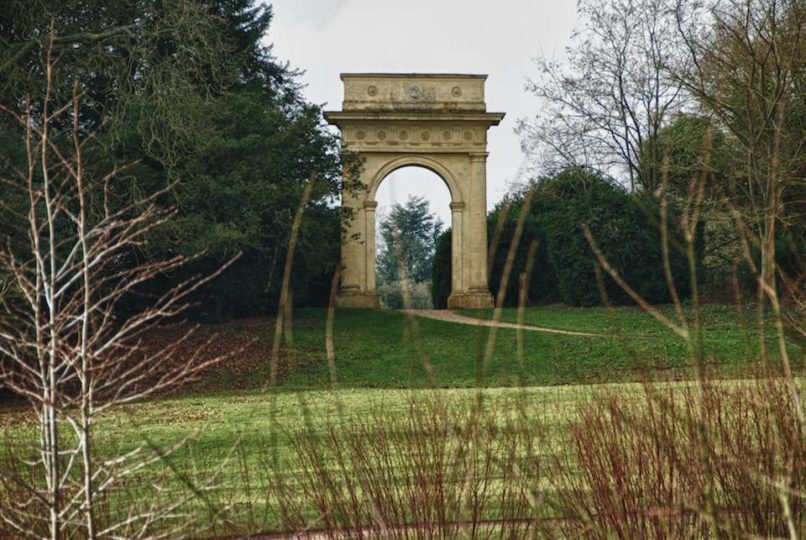
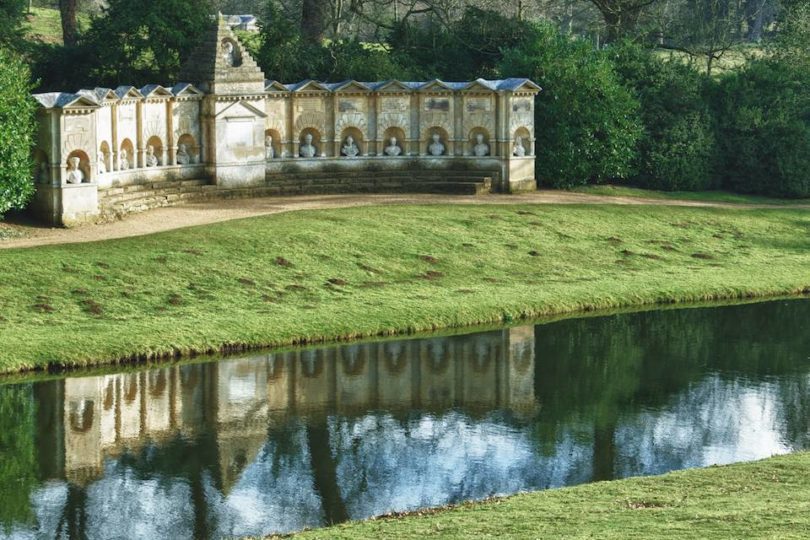

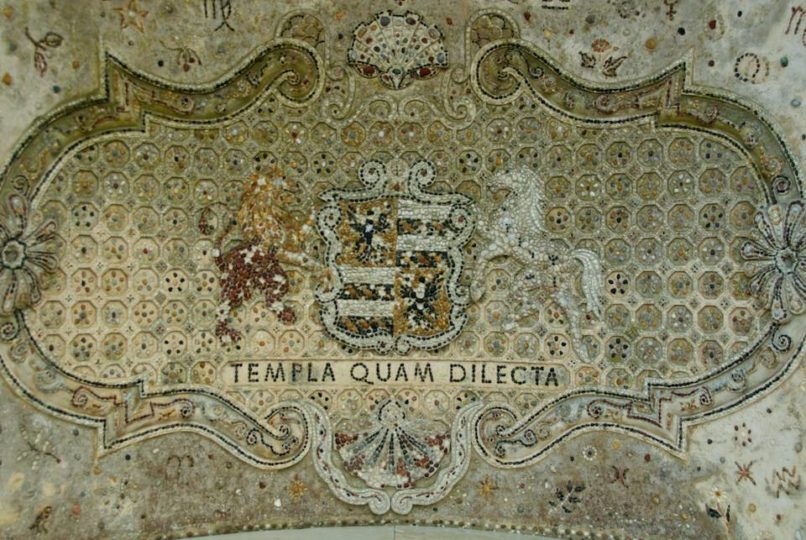
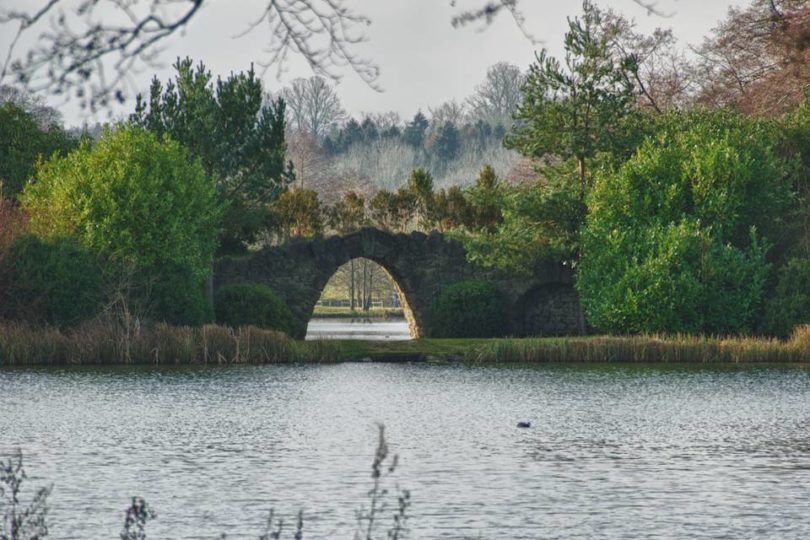


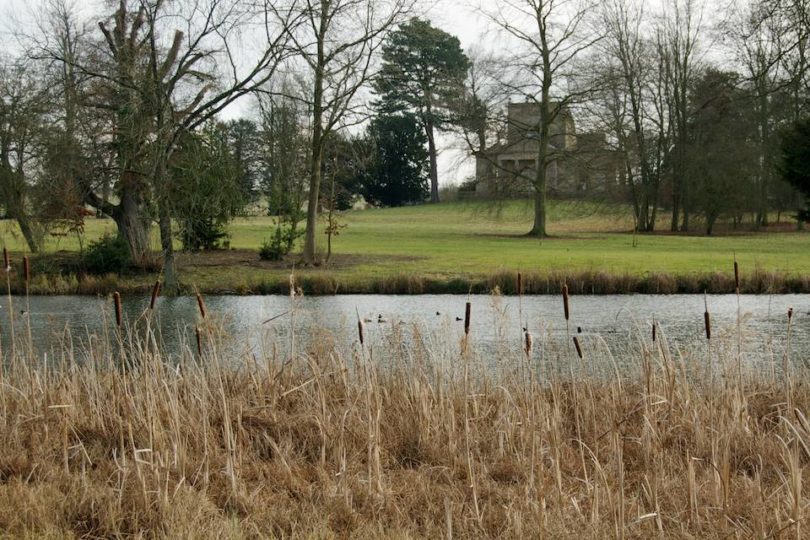

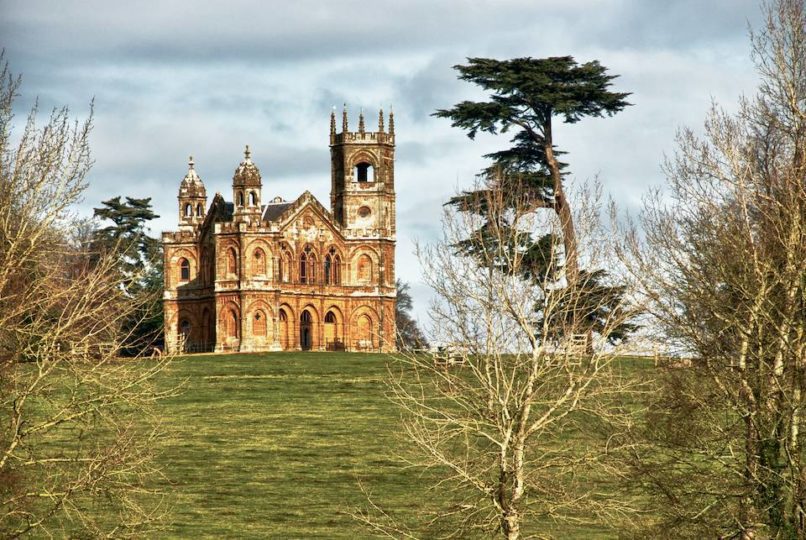
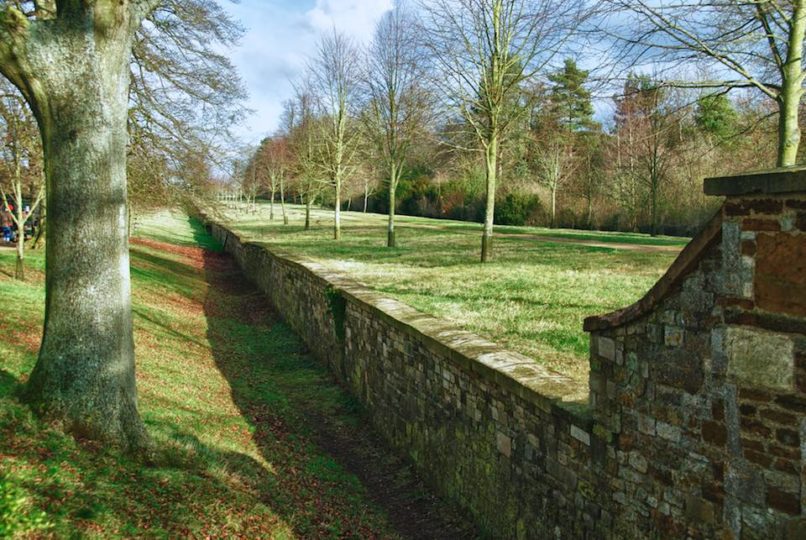
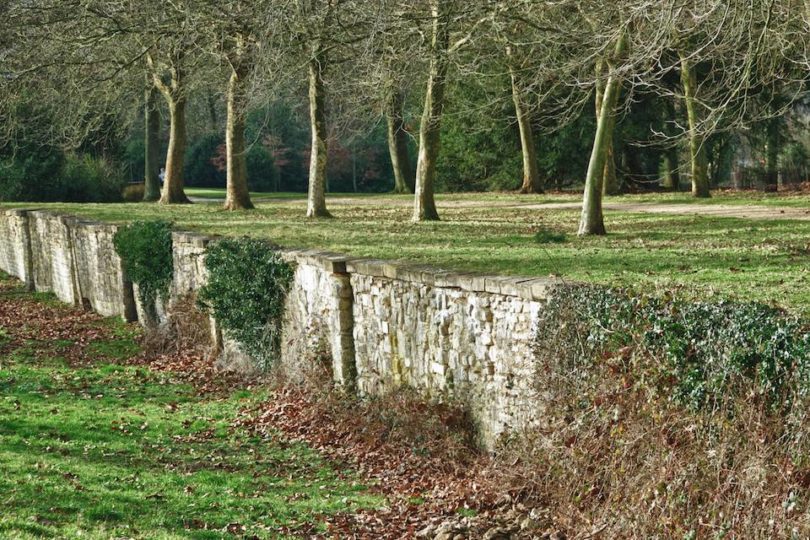
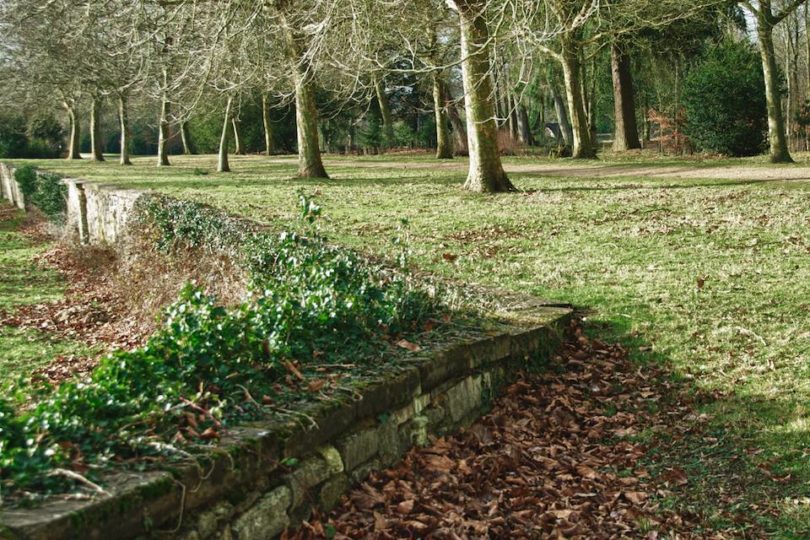
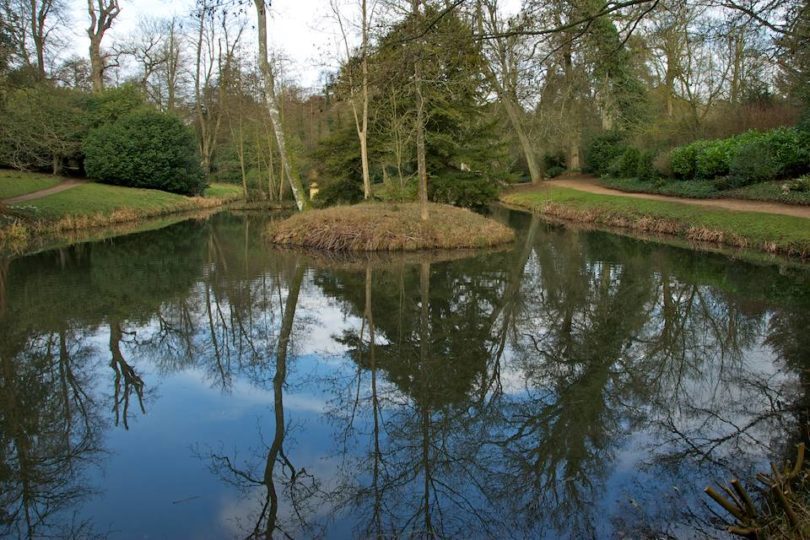

To the much delighted surprise of fellow visitors at Stowe, dogs are allowed (on the lead). Infact, many National Trust properties, allow dogs as do countless NGS gardens and Arboretums (Westonbirt). An economically sound disposition, as it adds yet another reason for receiving one’s custom. Sadly Rousham, has some way to go, not allowing dogs, nor children under the age of 15, unless as stated it has been ‘pre-arranged’.
Hidden within the lovely Pebble Alcove, beautifully arranged mosaics spell out the very apt Temple family motto; ‘Templa Quam Dilecta’, meaning ‘How lovely are thy temples’. The Temples certainly lived up to their name.
